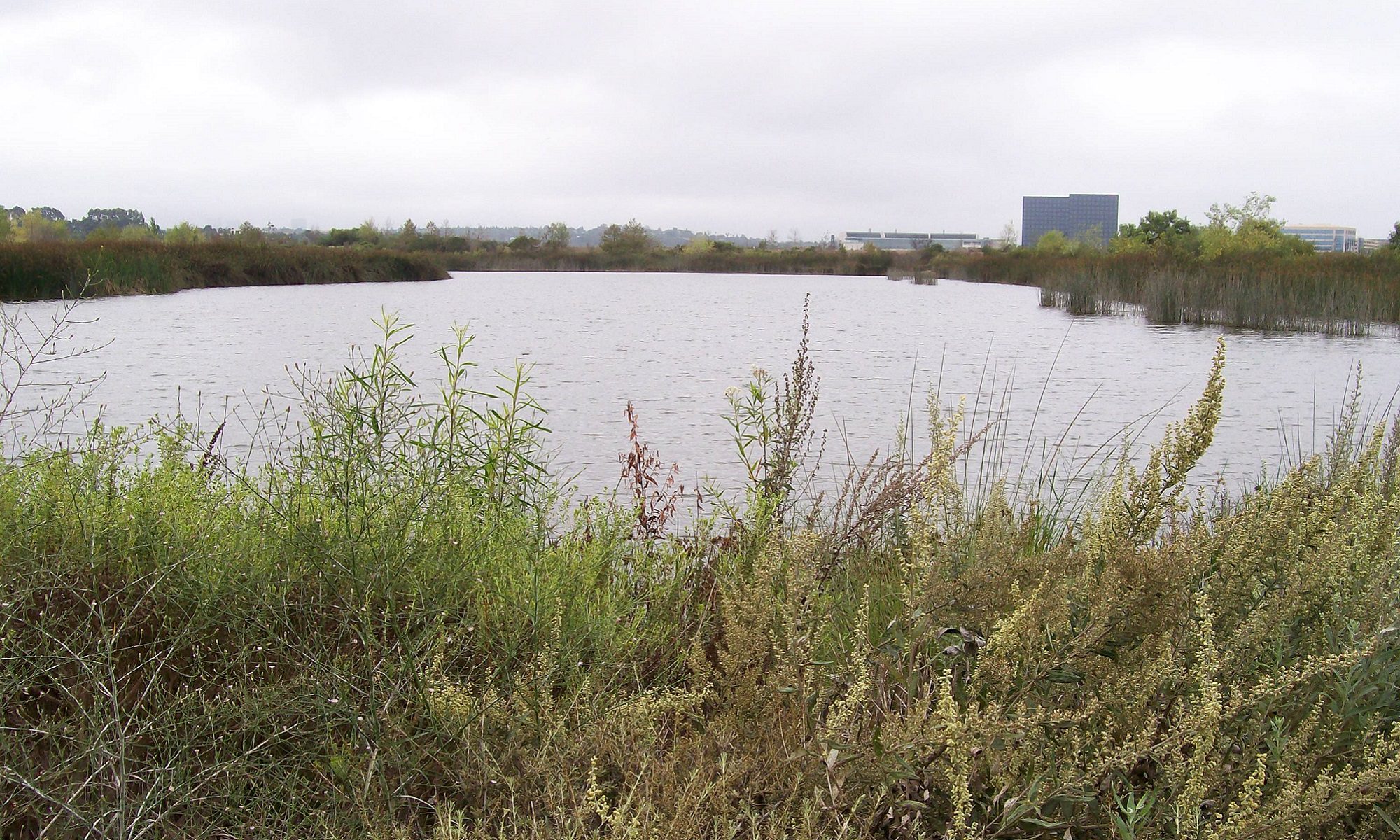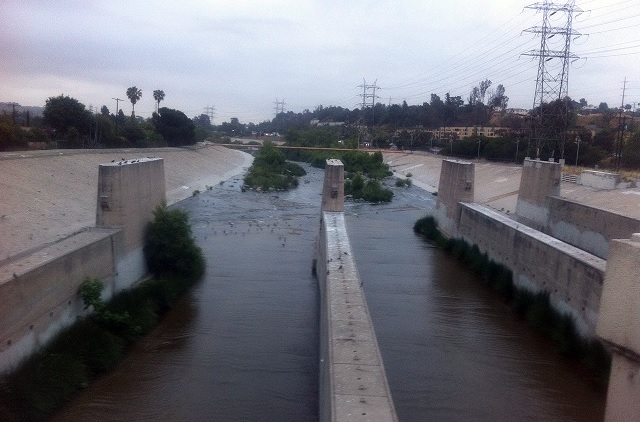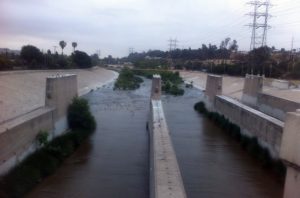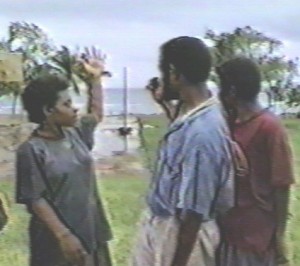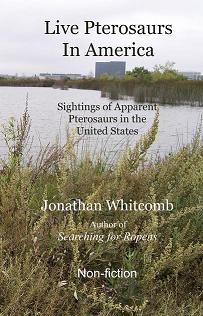By living-pterosaur author Jonathan Whitcomb
Upcoming ebook “Live Pterosaurs in America” (fourth edition)
The following quotations are from a preliminary version of this book’s interior. The final publication may differ, at least in a few details. This will be the fourth edition of Live Pterosaurs in America, to be published first in ebook format. (The third edition, only in print format, was published in 2011.)
Chapter 2: Sightings of Pterosaurs in California
Long before getting this report early in 2018, I had concluded that at least some modern pterosaurs in the United States navigate by following stream beds or storm channels. This is more obvious in some of the many reports from Southern California, not that a flying creature always needs to be directly over such a structure on the ground, in order to use it for navigation.
Chapter 4: More-Recent Reports
I can only describe . . . a dragon or flying dinosaur. . . . I saw this large dark colored flying animal. At first I thought it was a vulture. However, I notice that it had pointed wings and a long tail that was skinny and had a pointed shape at the end of it like a triangle or something . . .
The fourth edition of SFRFG mentions this encounter in Raleigh, North Carolina, and says, “The many hundreds of comments on this encounter, some positive but mostly negative, deserve attention, yet not here.” It’s time to dive into some of those details. . . .
The [apparent living pterosaur] seen flying over the I-540 in Raleigh, in March of 2013, appeared to have a wingspan of five to six feet, much smaller than the one in Idaho. It had small things in the middle of the wings that could have been claws, according to the eyewitness, who reported the sighting on a musician’s forum within hours of the encounter. . . .
Let’s now pause to take all this in context. This forum discussion began in March of 2013 (The Gear Page—still online early in June of 2018), when the great majority of Americans had little or no comprehension of any reports of pterosaur sightings in North America. Not until January of 2018, apparently, did newspapers like The News and Observer or the news outlet Charlotte Stories report sightings of apparent “flying dinosaurs” in North Carolina and specifically in Raleigh. That’s when some of the media in that area responded to my press release. In other words, many of those who commented on The Gear Page forum knew little or nothing about pterosaurs except what they had been exposed to all of their lives: universal extinctions.
.
“Los Angeles River, near location of sighting of May 13, 2013 . . .”
###
.
“I found this book very interesting. . . . The problem with science is that we think we know it all and that is far from reality. This book shows courage to continue the search. If you have an interest in cryptozoology you should read this.” [reader comment from Dale, who lives in Pennsylvania]
.
Searching for Ropens and Finding God – fourth edition
.
Live Pterosaurs in America (cryptozoology book)
Some of the publications listed are these:
- Bird From Hell
- Mysteries of the Unexplained
- Live Pterosaurs in America
- Searching for Ropens and Finding God
.
Cryptozoology book by Whitcomb
On the verge of the most astonishing discovery in the history of biology . . . “Live Pterosaurs in America”
.
Modern pterosaurs in North America
Two sightings of Rhamphorhynchoid pterosaurs in eastern Cuba in the mid-20th century, one by Patty Carson and one by Eskin Kuhn
.
Living pterosaurs (or pterodactyls) in California
Sightings included in CA:
- Fremont
- Anaheim
.
Non-extinct pterosaurs in North Carolina
Where do these flying creatures appear? They have been reported in Raleigh, Durham, Asheville, Wilmington, and in other areas of N.C., as well as in Virginia, South Carolina, Georgia, and in many other states
